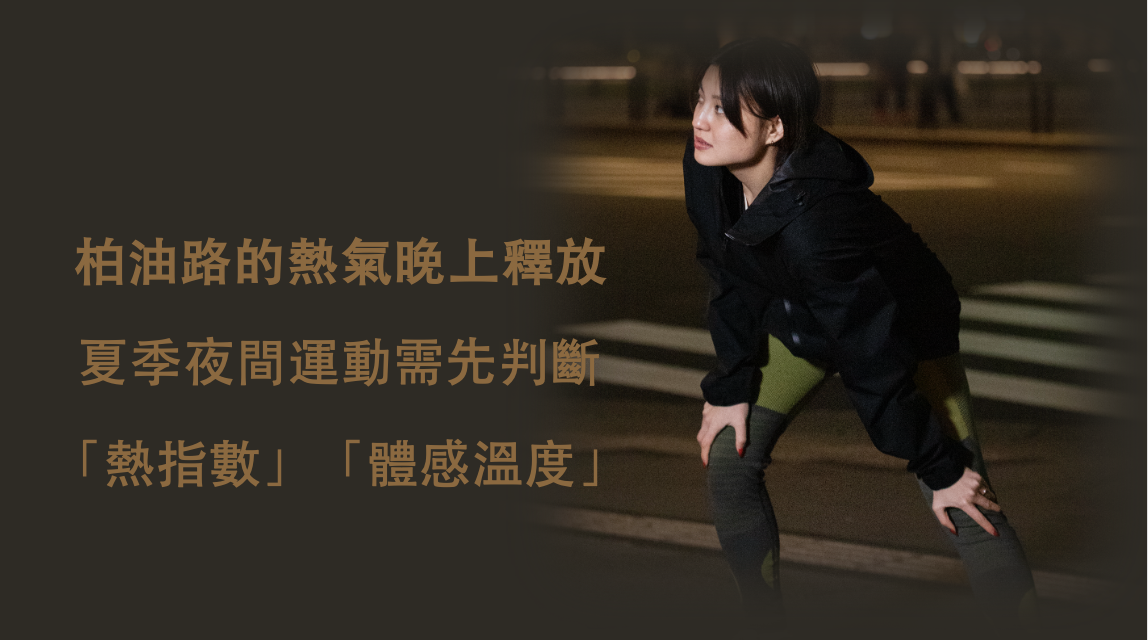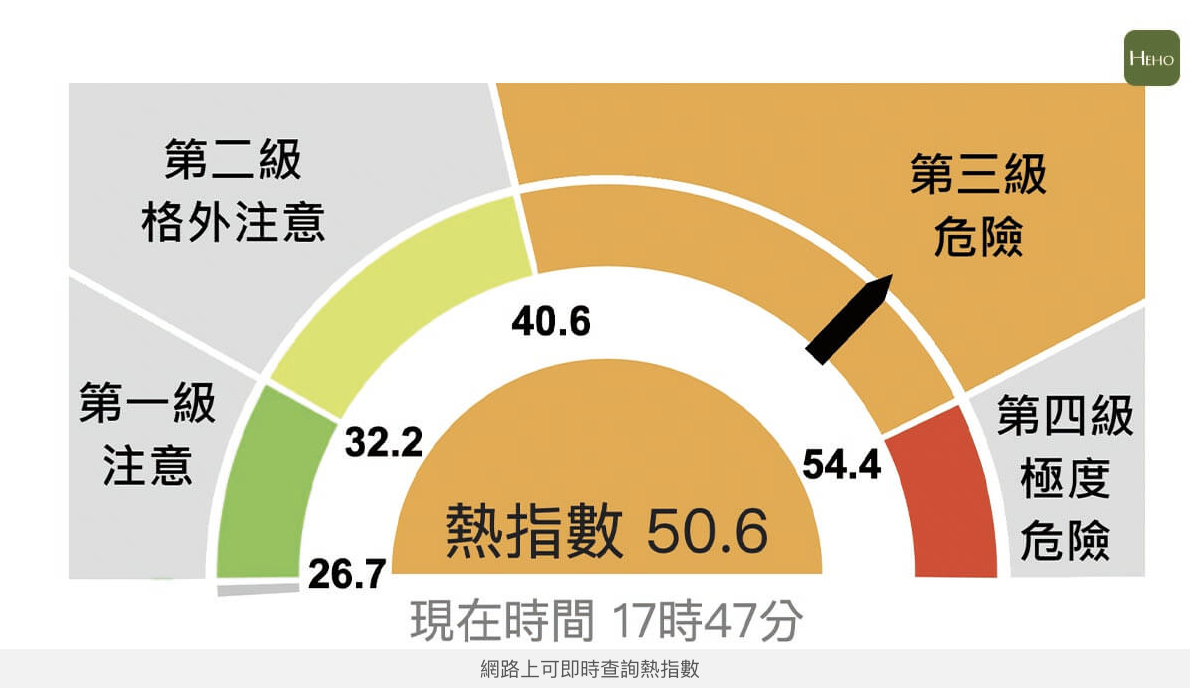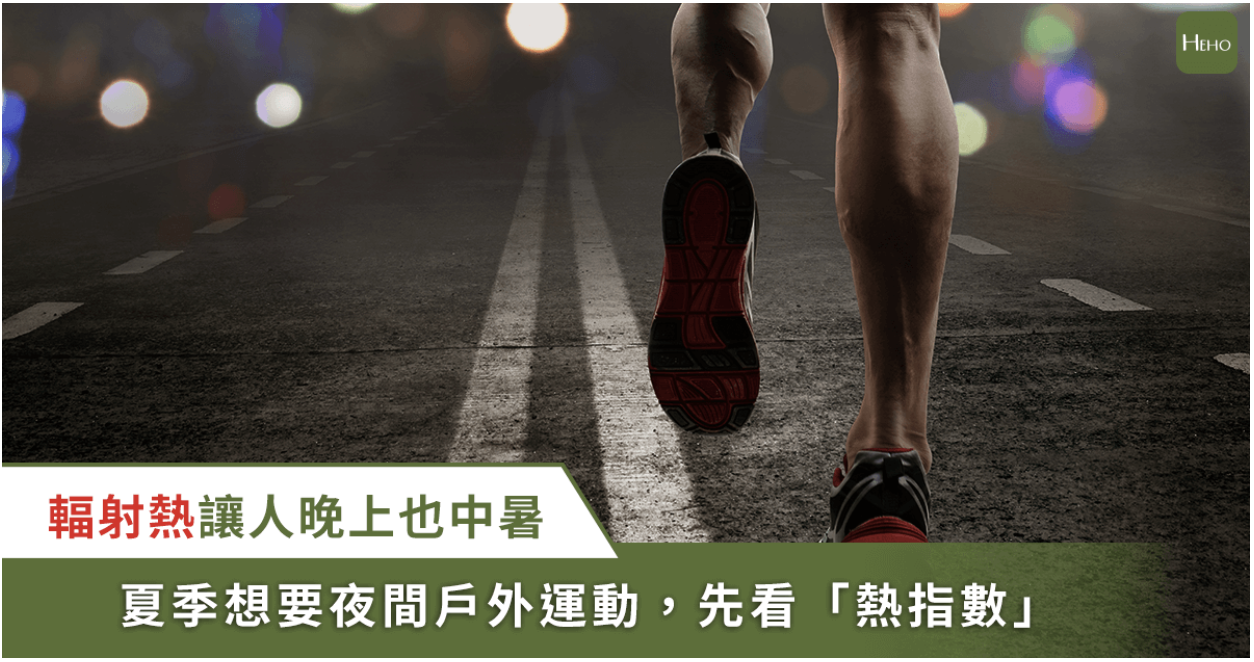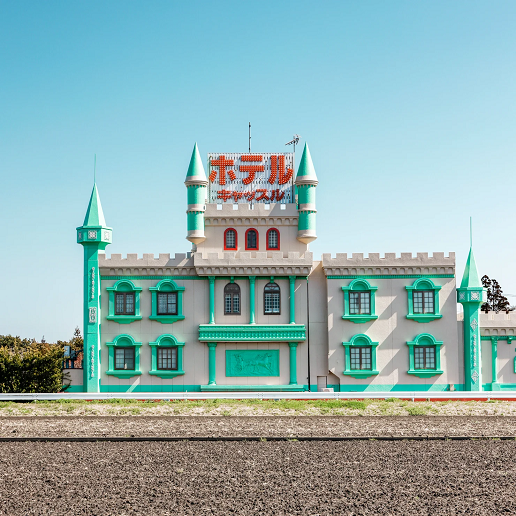Taiwan continues to face scorching temperatures for several more days. Dr. Chu Po-ling(朱柏齡), Director of the Heatstroke Prevention Center at Tri-Service General Hospital, Dr. Chu Po-ling(朱柏齡), advises, "Daytime temperatures often exceed a perceived temperature of 40 degrees Celsius, making outdoor activities quite uncomfortable." Despite many switching to nighttime exercise, cases of heatstroke among night runners persist. Chu explained that asphalt roads, having absorbed daytime heat, release it at night, contributing to the oppressive outdoor environment. He recommends exercising between 5-6 AM for better conditions.

Asphalt roads absorb heat during the day and release it at night, creating stuffy outdoor environments. Experts suggest exercising between 5-6 AM for better conditions. (Photo: freepik/ Qian Yu)
Chu cited incidents where a runner in their fifties collapsed while sprinting at Da Jia (大佳) Riverside Park, with a body temperature of 41 degrees Celsius, leading to multiple organ failure and a coma lasting several hours. Another runner in their twenties collapsed after running six kilometers due to insufficient physical conditioning and the heat, making them susceptible to heatstroke.
Heat index categorized by color indicates severity: yellow denotes fatigue, orange signals heat exhaustion and muscle cramps, while red indicates a high risk of heatstroke. (Photo: HEHO)
The director Dr. Chu Po-ling(朱柏齡), advises that nighttime summer exercise should consider both the "heat index" and "perceived temperature." The Ministry of Labor's Occupational Safety and Health Administration offers real-time heat index information through the "High Temperature Outdoor Work Heat Hazard Prevention Action Information Network," aiding in risk assessment. Heat index colors indicate varying impacts: yellow signifies fatigue, orange warns of heat exhaustion and cramps, and red indicates a high risk of heatstroke. With current nighttime temperatures averaging 30-32 degrees Celsius and 60% humidity, resulting in a perceived temperature of 35 degrees Celsius categorized as orange, prolonged exercise increases the risk of heatstroke, requiring heightened vigilance.







